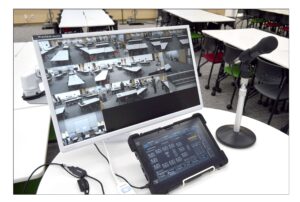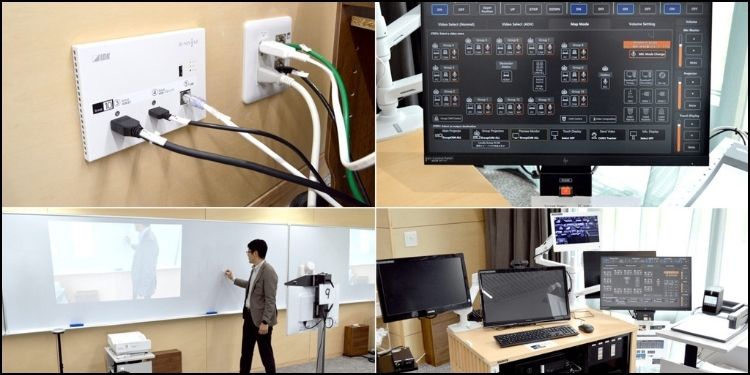Established in 2000, the Ritsumeikan Asia Pacific University (APU), located in Beppu, Oita, Japan, is a multicultural campus that is home to nearly 6,000 students. Approximately half of APU’s student body comprises of international students originating from 106 countries and regions. These individuals of varying languages, cultures and values study and live side-by-side with the goal of international mutual understanding. Moreover, one in two faculty members is of foreign nationality, and the official languages of the campus are English and Japanese.
The University’s curriculum, which emphasizes discussion and practice between faculty and students, is separated between three distinctive colleges, including the College of Sustainability and Tourism, College of Asia Pacific Studies and the College of International Management. Notably, the College of Sustainability and Tourism, which opened in Spring 2023, aims to develop human resources who employ academic scholarly knowledge and innovative research to solve contemporary issues and global challenges in sustainable development and tourism.
Challenge
The College of Sustainability and Tourism focused on building circular communications while utilizing tourism to conserve resources and create value. The curriculum addresses humankind’s inevitable challenges of the 21st century through a two-way approach – sustainability science, which examines the development of sustainable societies, and tourism, which influences local economies and cultures. APU’s focus with the College of Sustainability and Tourism is to keep with the mission of emphasizing discussion and practice. The new building, which was constructed ahead of the colleges opening, required a new audiovisual system which bolsters flexible communications for hybrid and HyFlex classrooms.
 APU required an audiovisual system with a simplified user experience. Each teacher has their own teaching-style, and the AV system was needed to be selectable by following teachers teaching-style. Additionally, APU’s existing point-to-point base system did not provide a flexible experience and proved to be challenging for group-discussion between onsite and remote students. APU wanted to have the simpler system which integrates video, audio, and control as one system with minimum latency and noise on video and audio. APU required real-time monitoring of the progress of all group discussion to teachers and the status of the audiovisual system for real-time technical support.
APU required an audiovisual system with a simplified user experience. Each teacher has their own teaching-style, and the AV system was needed to be selectable by following teachers teaching-style. Additionally, APU’s existing point-to-point base system did not provide a flexible experience and proved to be challenging for group-discussion between onsite and remote students. APU wanted to have the simpler system which integrates video, audio, and control as one system with minimum latency and noise on video and audio. APU required real-time monitoring of the progress of all group discussion to teachers and the status of the audiovisual system for real-time technical support.
Solution
APU integrated IDK Corporation’s IP-NINJAR P-Series Transceiver model in classroom J101 in the “Green Commons” building to provide simplified video and audio switching, unified SDVoE and Dante communication, and flexibility to follow each teacher’s teaching-style. By leveraging an AV-over-IP solution, APU has the flexibility to be able to active communication and discussion between onsite students and remote students, and multi-view function provides monitoring capability of those group discussion to teachers. Transceiver and Dante Audio Bridge products provided simplicity, less cabling, and less energy (sustainability) for the AV systems.
By integrating and implementing IP-NINJAR solution, APU can monitor progress of group work and discussion by using multi-view functions. APU has a divided, yet unified, system between audio and video between SDVoE and Dante, which provides simple routing and control to end users. Finally, APU can monitor the audiovisual system through network and WebGUI.
These results satisfied APU’s requirement to AV system, and APU provides one of most sophisticated education to their students in the world from Japan.
Benefits of SDVoE Technology
SDVoE reaches beyond existing standards to provide benefits no other technology can claim:
- A complete ecosystem – SDVoE Alliance members are manufacturers with expertise in signal distribution, display manufacture, IT infrastructure, chip design and AV software. The integrator has dozens of partners to align with and products to choose from.
- A flexible yet simple software platform – the SDVoE API allows rapid development of highly specialized software, custom-tailored to the needs of a vast array of end users.
- A full OSI stack solution – only SDVoE offers the simplicity of a complete top to bottom solution, fully encompassing infrastructure, transport, processing, and a simple control layer.
















